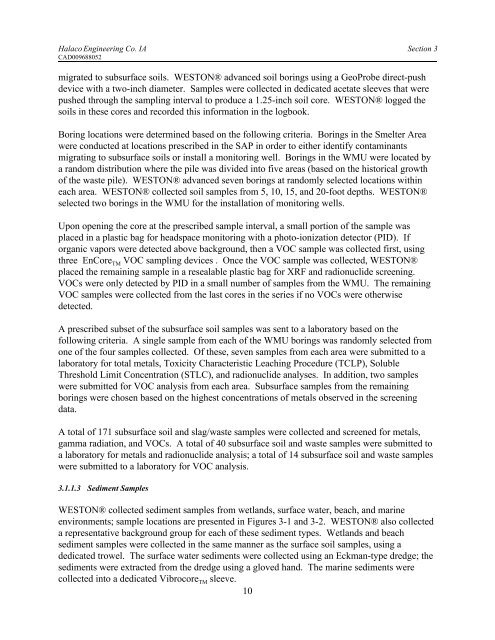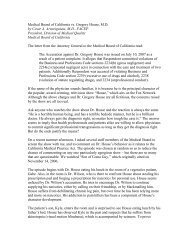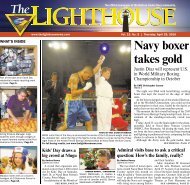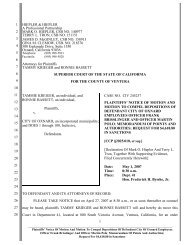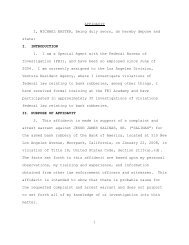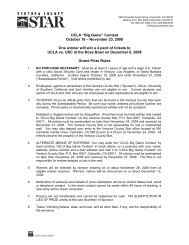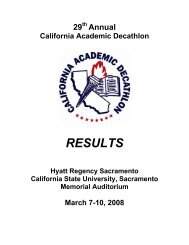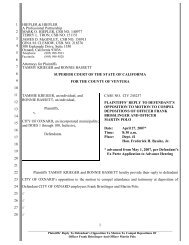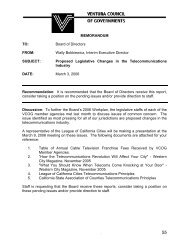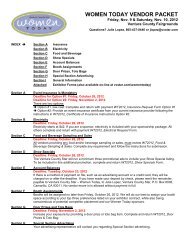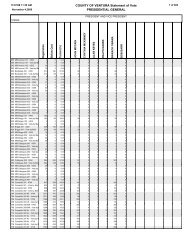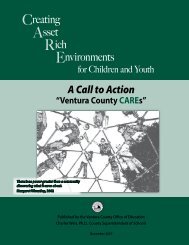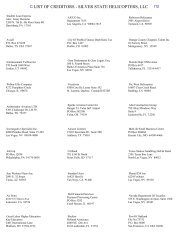Integrated Assessment Halaco Engineering Company ... - Archives
Integrated Assessment Halaco Engineering Company ... - Archives
Integrated Assessment Halaco Engineering Company ... - Archives
You also want an ePaper? Increase the reach of your titles
YUMPU automatically turns print PDFs into web optimized ePapers that Google loves.
<strong>Halaco</strong> <strong>Engineering</strong> Co. IA Section 3<br />
CAD009688052<br />
migrated to subsurface soils. WESTON® advanced soil borings using a GeoProbe direct-push<br />
device with a two-inch diameter. Samples were collected in dedicated acetate sleeves that were<br />
pushed through the sampling interval to produce a 1.25-inch soil core. WESTON® logged the<br />
soils in these cores and recorded this information in the logbook.<br />
Boring locations were determined based on the following criteria. Borings in the Smelter Area<br />
were conducted at locations prescribed in the SAP in order to either identify contaminants<br />
migrating to subsurface soils or install a monitoring well. Borings in the WMU were located by<br />
a random distribution where the pile was divided into five areas (based on the historical growth<br />
of the waste pile). WESTON® advanced seven borings at randomly selected locations within<br />
each area. WESTON® collected soil samples from 5, 10, 15, and 20-foot depths. WESTON®<br />
selected two borings in the WMU for the installation of monitoring wells.<br />
Upon opening the core at the prescribed sample interval, a small portion of the sample was<br />
placed in a plastic bag for headspace monitoring with a photo-ionization detector (PID). If<br />
organic vapors were detected above background, then a VOC sample was collected first, using<br />
three EnCore TM VOC sampling devices . Once the VOC sample was collected, WESTON®<br />
placed the remaining sample in a resealable plastic bag for XRF and radionuclide screening.<br />
VOCs were only detected by PID in a small number of samples from the WMU. The remaining<br />
VOC samples were collected from the last cores in the series if no VOCs were otherwise<br />
detected.<br />
A prescribed subset of the subsurface soil samples was sent to a laboratory based on the<br />
following criteria. A single sample from each of the WMU borings was randomly selected from<br />
one of the four samples collected. Of these, seven samples from each area were submitted to a<br />
laboratory for total metals, Toxicity Characteristic Leaching Procedure (TCLP), Soluble<br />
Threshold Limit Concentration (STLC), and radionuclide analyses. In addition, two samples<br />
were submitted for VOC analysis from each area. Subsurface samples from the remaining<br />
borings were chosen based on the highest concentrations of metals observed in the screening<br />
data.<br />
A total of 171 subsurface soil and slag/waste samples were collected and screened for metals,<br />
gamma radiation, and VOCs. A total of 40 subsurface soil and waste samples were submitted to<br />
a laboratory for metals and radionuclide analysis; a total of 14 subsurface soil and waste samples<br />
were submitted to a laboratory for VOC analysis.<br />
3.1.1.3 Sediment Samples<br />
WESTON® collected sediment samples from wetlands, surface water, beach, and marine<br />
environments; sample locations are presented in Figures 3-1 and 3-2. WESTON® also collected<br />
a representative background group for each of these sediment types. Wetlands and beach<br />
sediment samples were collected in the same manner as the surface soil samples, using a<br />
dedicated trowel. The surface water sediments were collected using an Eckman-type dredge; the<br />
sediments were extracted from the dredge using a gloved hand. The marine sediments were<br />
collected into a dedicated Vibrocore TM sleeve.<br />
10


